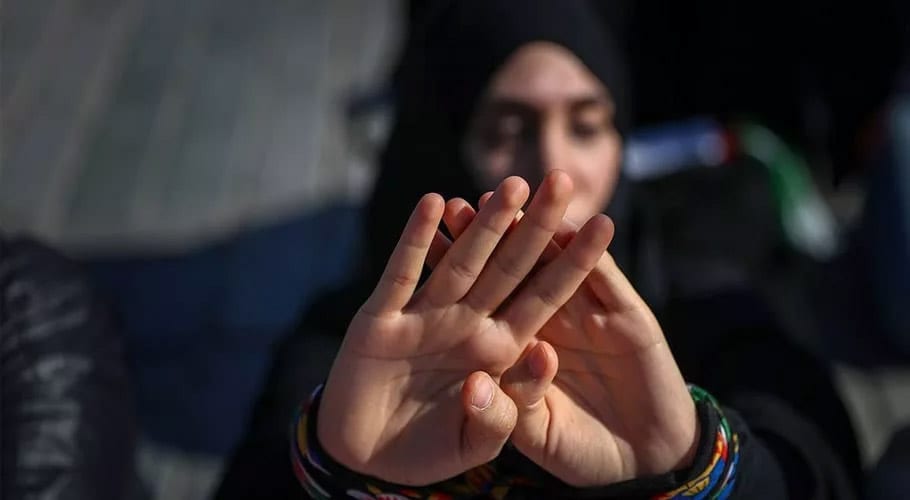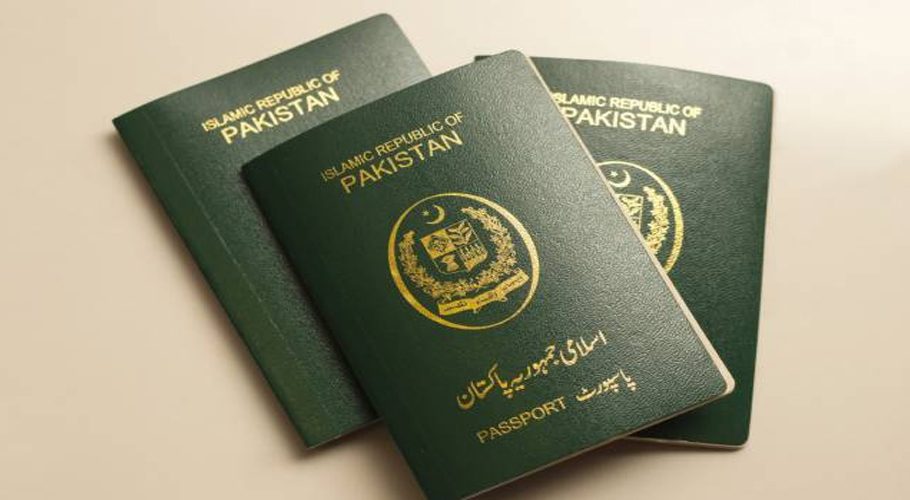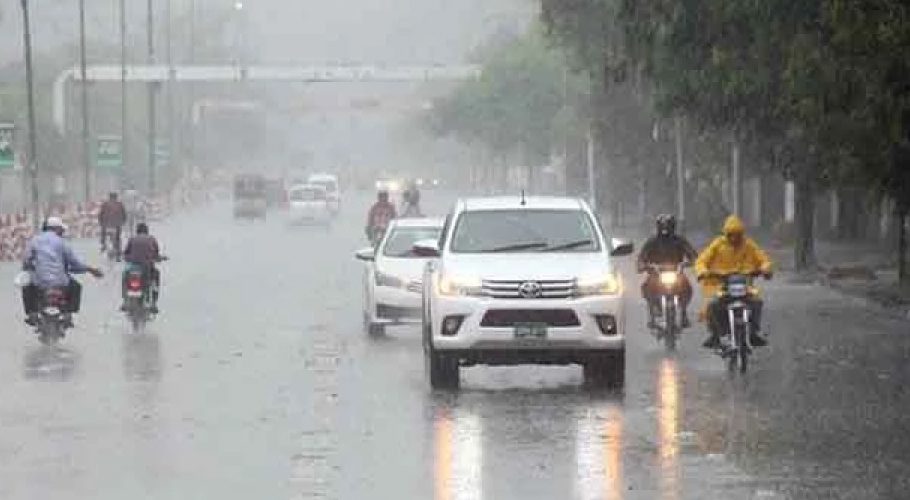In 1979, the UN General Assembly (UNGA) in a convention on the Elimination of All Forms of Discrimination against Women was adopted to pave the way for a world free of gender-based violence.
This was followed by the Unite to End Violence against Women initiative instigate in 2006 with the plan of raising awareness and increasing policymaking and resources dedicated to achieving the purpose.
In 1993, the UN General Assembly adopted the Declaration on the Elimination of Violence against Women through a resolution and on Feb 7, 2000, officially designated Nov 25 as the International Day for Elimination of Violence against Women.
The European Union (EU) and UN in 2017 launched the limelight initiative to elevate awareness on this issue in line with the 2030 Agenda for Sustainable Development. Even though, violence against women continues in different shapes across the world. To date, 49 countries currently have no laws shielding women from domestic violence.
50% of South Asian countries have no laws
According to a report issued by the United Nations Development Programme (UNDP), approximately 50 per cent of South Asian countries have no laws against domestic violence against women.
Patriarchy is deep-rooted in South Asian culture with women lacking legal and societal guard that exposes them to various types of violence, and fighting for rights brings them into conflict with family, society and state.
In countries where gender equality is lower, the risk factor is likely to be higher. Violence against women is not limited to developing countries merely. Reports by the Cooperative for Assistance and Relief Everywhere and the International Union for Conservation of Nature highlight examples of raise in domestic violence connected to loss in income from the growing collision of climate change on the agricultural sector and sexual abuse of women displaced as a result of natural disasters.
World Bank in its recent report disclosed there has been generally diminution in poverty, the decline in shared prosperity and uptick in inequality in Pakistan indicates that economic progress is not being shared with the poorest sectors. This will add to the vulnerability of women being accelerated by social and economic losses linked to climate change.
Top 10 worst countries for gender equality
India has the highest rate of sexual abuse, harassment and domestic violence against women, followed by Afghanistan. Afghanistan is ranked 171st out of 188 countries with the highest gender discrimination. Syria is the third country with the highest number of refugees deprived of even the basic necessities of life.
The fourth country is Somalia, where women’s health care is poor, economic resources are scarce, and women face oppression and exploitation. Saudi Arabia is the fifth country where women face gender segregation, but this year the trend has slowed down as Saudi Arabia has taken significant steps to advance women.
In the Global Gender Gap Index, Pakistan ranks third from the bottom. It is also ranked the 6th most dangerous country internationally for women with cases of sexual crimes and domestic violence on the rise. The seventh country is Congo, where sexual violence, as well as traditional customs, health and economic issues, hinder women’s development.
The eighth country is Yemen, the ninth is Nigeria and the United State is ranked tenth. In all three countries, women are victims of oppression. Rape and violence against women are major crimes in the United States. Harassment of women in the workplace is also a serious crime.
Latest incidents of sexual violence in Pakistan
Women and girls in Pakistan face abuses including impunity for so-called “honor violence” against them, a danger on the way to school, abuses in prison, denial of care in hospitals, and sexual harassment in the workplace.
The girls are facing severe issues underage marriage and sexual violence. Girls across the country are susceptible to forced underage marriage and sexual violence. Every year, several girls are pressed into marriage before they turn 18, in the country.
The number of incidents against women was doubled whereas September and October marked the highest percentage in the cases of workplace harassment, and raped cases in the country.
According to the Punjab Police, the department reported 2,043 registered cases of rape and 67 cases of gang rape in the province till September 2020.
The Pakistan Commission on the Status of Women’s figures indicates that from February 2020 to September there were an estimated 579 honour crimes, 26 stove burnings, 56 cases of settlement marriages, more than 2,500 reported cases of rape, 326 cases of gang rape, 231 cases of sexual harassment, and 412 cases of physical harassment.
Need productive strategies to protect women
It is imperative for sustainable revolution and integration at all stages leaders and countries must acknowledge that without freeing women from oppression, violence and discrimination and ensuring their full contribution, efforts to achieve development goals will be hindered.
Ending all forms of discrimination against women is not only a basic human right, but it also has a multiplier effect across all other development areas.
Financing human capital, such as education, health and nutrition, is the foundation for building a progressive foundation for human security and society.
Therefore, it is high time that all of us come up with productive strategies to protect our mothers, sisters, daughters and wives from being subject to rape, early marriages and other oppressions.
The countries must make concerted efforts to empower young women through formal education, skill enhancement and training. State institutions should work on implementing laws in letter and spirit.
Most importantly, media, civil society and Non-Governmental Organizations must play their key part in spreading awareness about the severe consequences of child marriage, illiteracy and all kinds of violence against women and girls at the grassroots level.




































